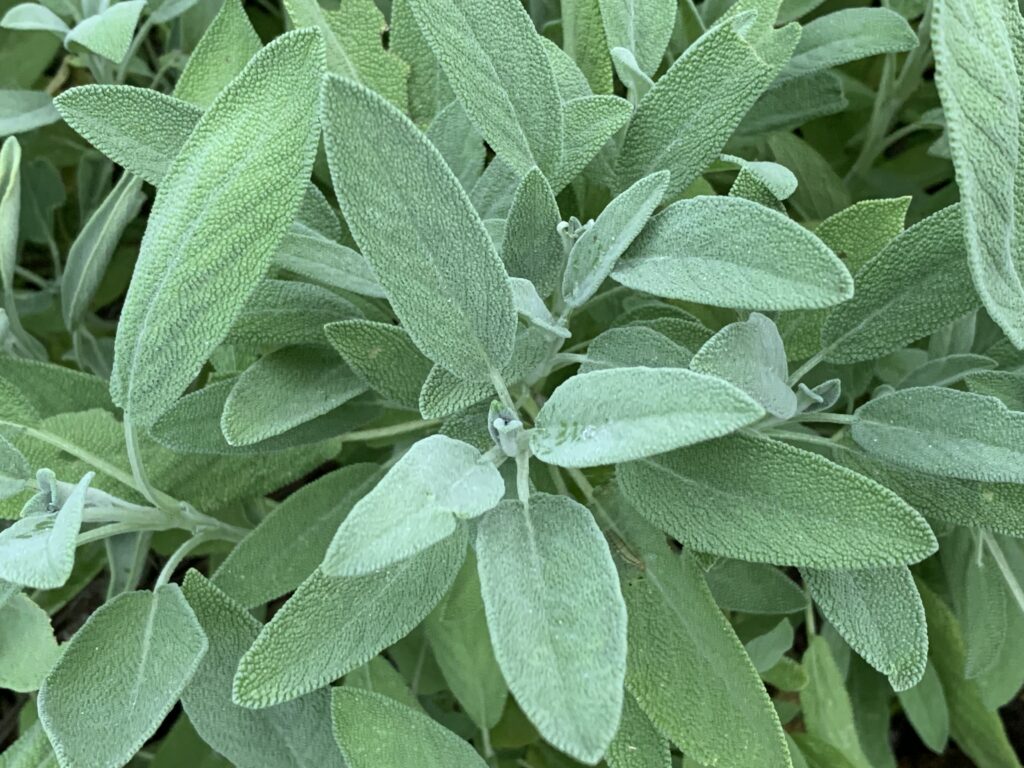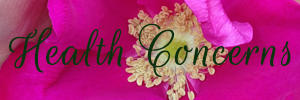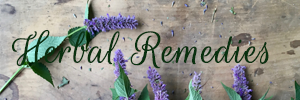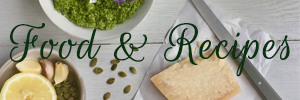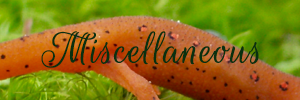Herb of Strength and Wisdom ~
Regular ol’ garden sage (Salvia officinalis) is a mind-blowing apothecary in and unto itself. And right now, she’s taking center stage in the late summer garden with lush, frost-tolerant silvery foliage and potent, aromatics.
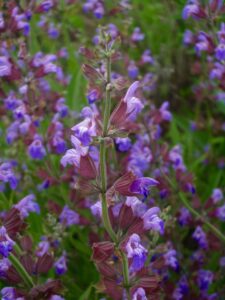
WISE: Much like its close relative rosemary, sage has been shown benefits both inhaled and ingested for supporting cognition, mental clarity, focus, and clearing the cognitive cobwebs as we age. I love the way that modern scientific research reinforces what we have long known about this “wise sage” plant across cultures and millennia. Last summer I made fresh sprig day-long hot infusions that were strained, added salt, re-warmed, and used at night in a neti pot when I was in the the worst of my post-covid “nose” scent distortions – thinking perhaps it would help both the neural healing and potential lingering inflammatory/microbial triggers. While it’s hard to say for sure, it did seem to be very helpful – I made my biggest strides in healing during the month that I kept up with the routine. (When the plants died back, I got lazy and didn’t continue and have been slowly continuing my scent healing journey.)
ANTIMICROBIAL: As with other pungent mint-family aromatic herbs (think: oregano, thyme, bee balm, savory, lavender, rosemary…), sage is loaded with antimicrobial aromatics and other constituents that help us fight infections topically, in the respiratory system, digestive system, and urinary tract. It’s perhaps best known as a throat gargle or spray because it helps ease inflammation and pain, fights germs, and tights and tones the mucus membranes. One of my recent favorite commercial throat sprays combines sage with aloe gel (to help soothe and moisten things up), myrrh (a potent antimicrobial resin to augment sage’s germ-killing power), plus some cinnamon and peppermint (for flavor, antimicrobial action, and pain relief). It’s also classic in foot care, powdered u.p with clay for foot powder, incorporated into creams or foot baths, etc. I recently chewed and held sage leaf poultices against an infected tooth (alongside internal echinacea) while awaiting care, which seemed very helpful for knocking things back.
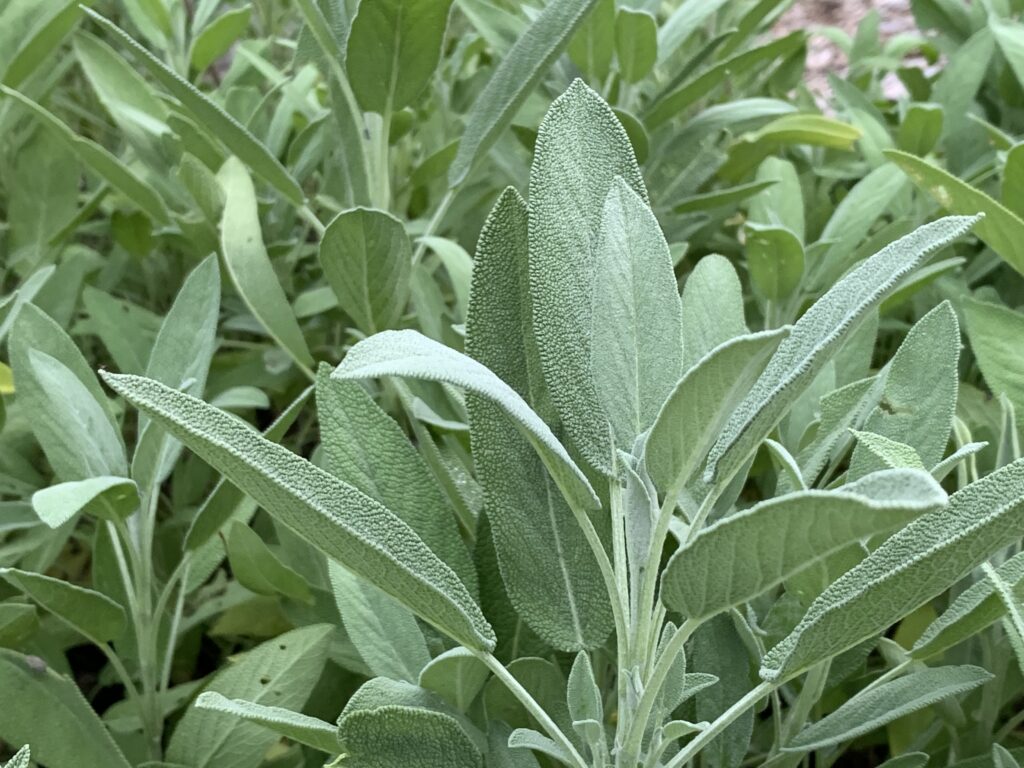
DIGESTIVE: Much like its pungent aromatic relatives, sage helps to stimulate digestion, ease gas and bloating, shift intestinal dysbiosis, and improve fat digestion. It tinctures well (I prefer it in smaller quantities as part of a larger formula) and can also be enjoyed as tea, infused honey, etc. Perfect for the starchier, fattier cuisine of these cooler months to come. I enjoy sage as a fresh sprig tea with fresh lemon wedge (a trick I learned from herbalist Betty Pillsbury during an interview on arthritis support herbs back in 2010) – its’ nice sweetened or not – the lemon helps to brighten and elevate the sage, aid its digestive grease-cutting properties, and also would work nicely for cognitive/nerve, immune, and sore throat/cough support, too.
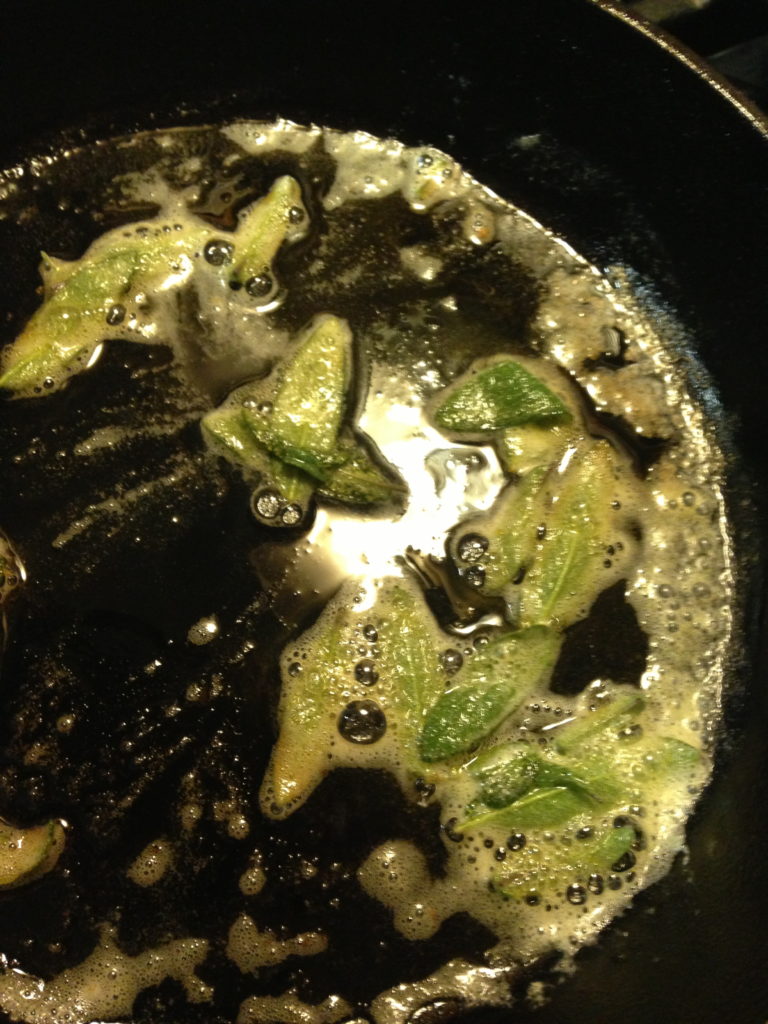
AUTUMN CUISINE: When basil fades to black with cool nights and the kiss of frost, sage never looks happier. Sage pairs so well in cooler season cookery alongside white beans or chickpeas, mushrooms, winter squash and pumpkin, butter, olive oil, eggs, pork/sausage, roasted chicken, pasta, bread, etc. While surely we lose some the health benefits, I adore fresh sage leaves fried in butter (or olive oil) and then incorporated into recipes. Without frying, sage leaves can be overpowering, but when you sear them in olive oil or butter, the flavor transforms into rich, mellow amazing alchemy.
ENERGETICS: Sage is warming, potentially even hot (thanks to its high concentration of essential oils), dispersive, also incredibly DRYING. Many of its medicinal benefits rely on this drying action in combo with other actions – sweaty stinky feet (drying + antimicrobial), excessive perspiration, hot flashes/night sweats (phytoestrogen + drying), and to dry up milk flow in folks who are lactating. But this dryness isn’t always appropriate – for example in people who are nursing, just one serving of sage in a recipe might dry up milk flow inadvertently. And for folks who are constitutionally dry, you may want to keep sage for occasional use or small quantities.
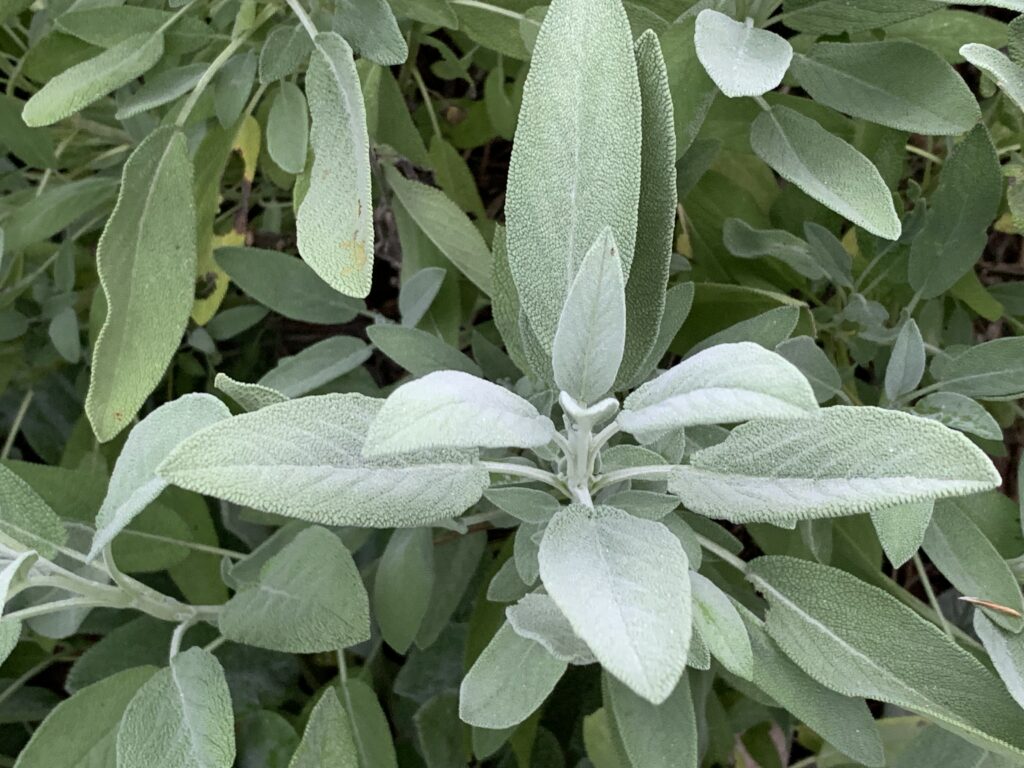
PROTECTION: It’s relative white sage may be more popular, but common garden sage can also be burned as a smoke/incense-like plant, classically turned to to help clear negative energy, invite beneficial spirit into a space, and carry our prayers to the heavens. While it doesn’t smell quite as nice as white sage to me, I no longer purchase white sage due to concerns of illegal poaching, dwindling wild white sage stands, and respect for the Indigenous tribes who have relied upon white sage for centuries (perhaps millennia) who have called to cease its commercial commodification and appropriate. While I have grown my own white sage, garden sage is much easier to grow, more prolific, and connects me more deeply to my own European-Mediterranean/Sicilian herbal and cultural ancestry. Sage leaves are sometimes woven into spiritual art to protect households, gardens, and healing spaces.
SAFETY: Besides the aforementioned heat and drying qualities that may not always be appropriate for everyone, sage contains thujone. It’s not clear how problematic this truly is. While thujone is a potentially toxic constituent in large isolated quantities, it’s not clear whether or not consuming sage in its whole phytochemical form poses a risk. Nonetheless, out of caution and respect for its strong energetics, I think of sage as needed, in smaller doses, and/or occasional use. (I feel more comfortable working with rosemary, oregano, thyme, etc. in larger doses on a regular basis – if they’re the right fit. There are things sage does better than they and vice versa.)

Clinical herbalist Maria Noël Groves sees clients and teaches classes at Wintergreen Botanicals Herbal Clinic & Education Center in Allenstown, New Hampshire.
The statements made on this blog have not been evaluated by the FDA and are not intended to diagnose, prescribe, recommend, treat, cure, or offer medical advice. Please see your health care practitioner for help regarding choices and to avoid herb-drug interactions.

